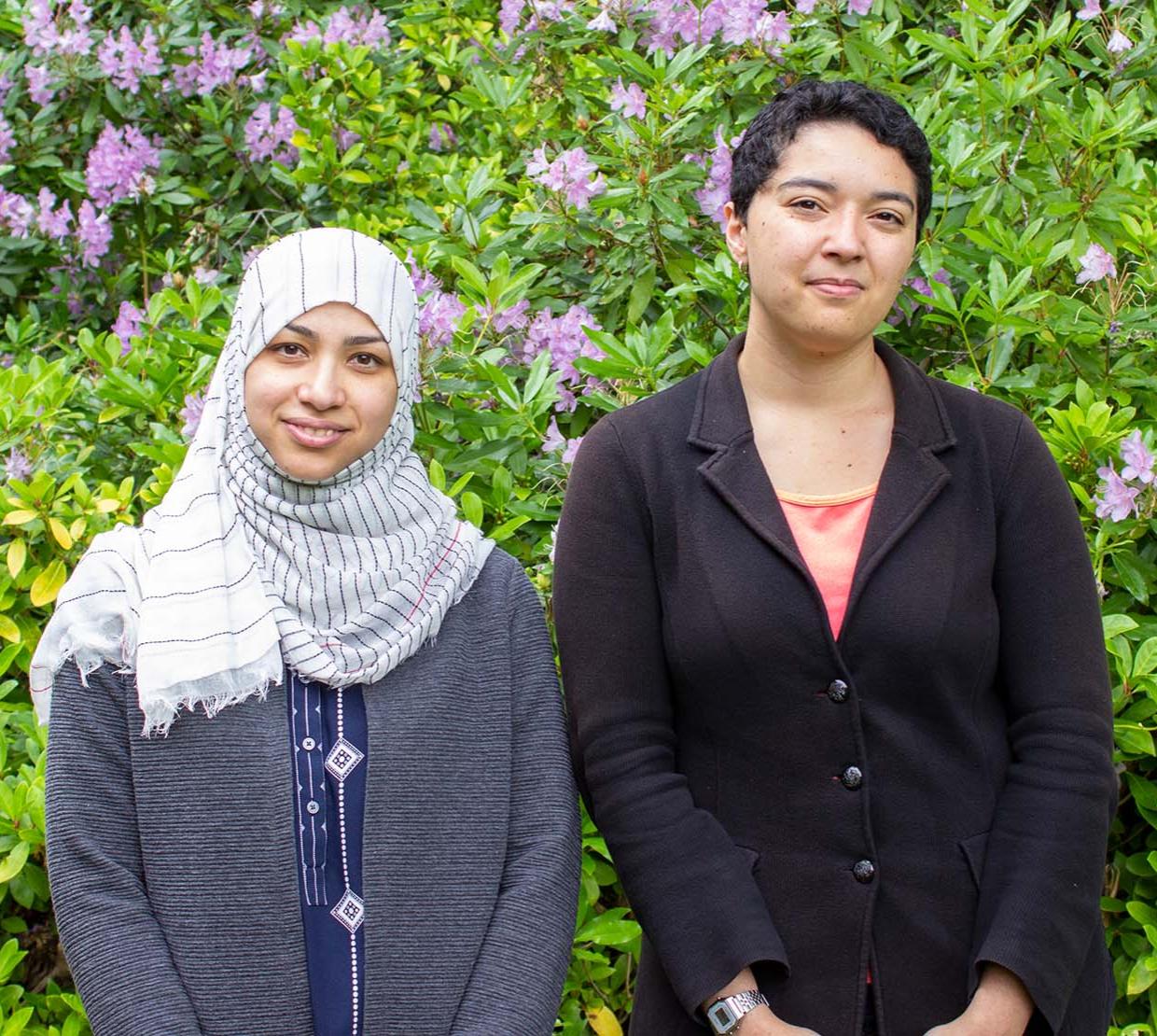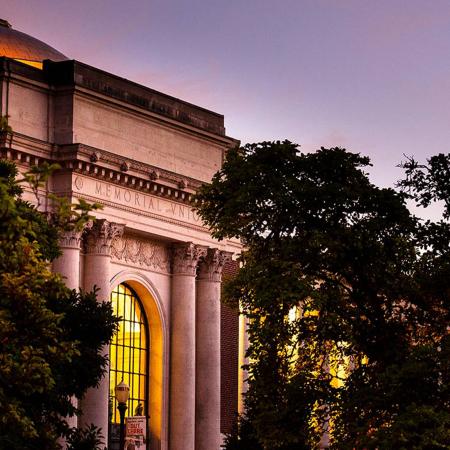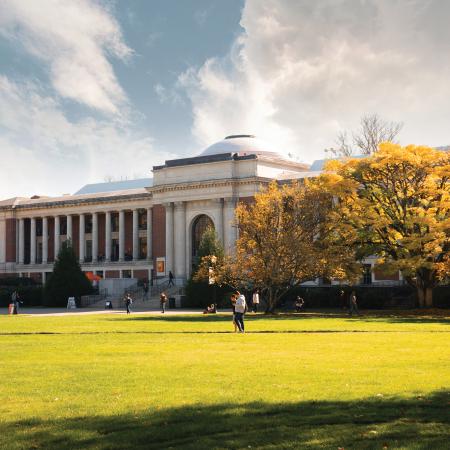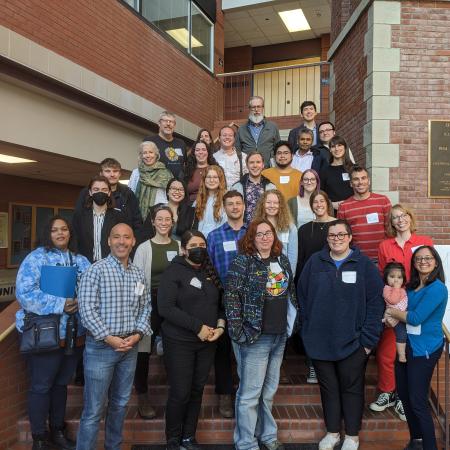Azhar Alhammali, in her fifth year of graduate study at OSU, does research in Applied and Computational Mathematics under the mentorship of Professor Malgorzata Peszynska. Alhammali’s goal is to advance the understanding of how microbes form protective biofilm in complicated domains, such as between rock grains, depending on the availability of nutrients and other environmental conditions. The model is a complicated coupled system of partial differential equations which cannot be solved in a closed form, and so Alhammali considers numerical approximation algorithms in order to simulate the process in various scenarios. A particular difficulty is accounting for a volume constraint which limits the maximum density of the biofilm at any given location, and calls for a modeling concept known as a variational inequality.
A particular difficulty in Alhammali’s project is the fact that the solutions to the variational inequalities are rather rough, and standard analysis techniques which require a high degree of smoothness do not apply. While some results for scalar equations are available, Alhammali has had to extend these to the nonlinear coupled system she is modeling. “It is quite remarkable the progress Azhar has made in computing since she came to Oregon State,” says Professor Peszynska. “The simulations that she posted on Youtube are a testament to her hard work, independence, and creativity.”
Alhammali earned her Master’s degree from King Saud University is Saudi Arabia before entering the PhD program at OSU. She has given presentations at international and regional conferences, has been one of the key student volunteers at SIAM PNW, and was a recipient of a prestigious university-wide Oregon Lottery award.
Samantha Smith completed her PhD in the Summer of 2018 under the mentorship of Professor Bill Bogley. Remarkably, it took her only three years to complete her degree. Smith’s research is in group theory, which is a branch of algebra devoted to the study of symmetry. It has long been known that there are only 17 different symmetry types of “wallpaper patterns” in the Euclidean plane. Smith’s thesis deals with symmetries that are present in certain geometric objects called buildings. A building is said to be hyperbolic if it has the geometry of the hyperbolic plane, which is beautifully illustrated in the prints and woodcuts from M.C. Escher's “Circle Limit” series. Symmetries that occur in hyperbolic geometry are subtle and infinite in variety, but Smith used powerful tools from hyperbolic geometry and combinatorial group theory to prove that if you consider a fixed hyperbolic building, then there are really only finitely many different types of symmetry that occur.
Smith’s results are already of great theoretical interest, but she went on to implement an algorithm to precisely classify the symmetry types that occur in any such building. It took OSU Mathematics Department computers just over two weeks to show that there are precisely 8882 distinct symmetry patterns present in a certain hyperbolic building discovered by the French mathematician Marc Bourdon.
“Sam is a fearless scholar,” says Professor Bogley. ”She chose her own thesis topic involving a notorious problem that many people have worked on. It was a great moment when she realized that her methods could be used to classify all possible symmetries for a rich class of hyperbolic buildings.” Smith has submitted one paper for publication detailing her theoretical results, and a second paper on the algorithmic aspects is forthcoming. Bogley expects that some version of her algorithms will be included in software libraries of the future.
Smith received her BS and MS degrees from Western Washington University, and completed her PhD in 2018 with a Graduate Certificate in College and University Teaching (GCCUT). Beginning in Fall 2018 she will be teaching full-time as a tenure-track instructor at Green River College in Auburn, Washington.




